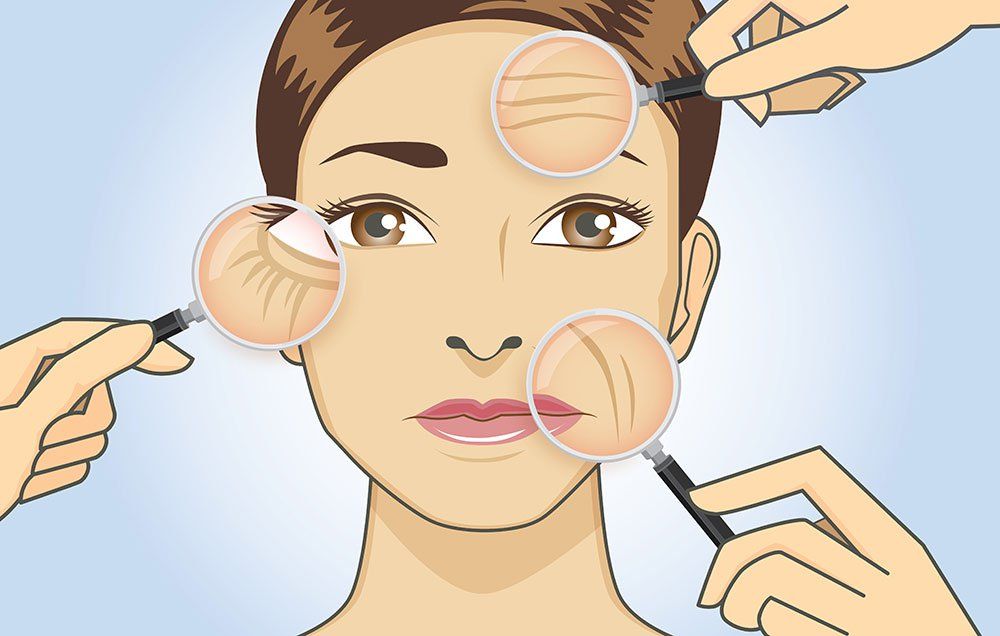Tackle your hair loss issues with guidance from an experienced hair care specialist.
Tackle your hair loss issues with guidance from an experienced hair care specialist.
Blog Article
Mohs Surgical Procedure Explained: A Key Treatment in Dermatology for Taking Care Of Skin Cancer Cells Effectively
In the world of dermatology, Mohs surgery stands as an essential procedure for combating skin cancer, specifically basal cell and squamous cell carcinoma. What specifically makes Mohs surgical treatment so effective and just how does it contribute to favorable patient results?
Recognizing the Fundamentals of Mohs Surgical Procedure
Although it may sound complicated, Mohs surgical procedure is an accurate medical strategy used predominantly to treat skin cancer cells. Called after Dr. Frederic E. Mohs, that created the treatment, it provides the greatest treatment price for specific kinds of skin cancers cells, including basal cell cancer and squamous cell cancer. The key objective of Mohs surgery is to eliminate all cancer cells while saving as much healthy tissue as possible. It functions as a favored choice for cancers cells found in cosmetically delicate or functionally critical areas like the face, hands, feet, and genitals. Its precision and high success price have made Mohs surgical procedure a cornerstone in dermatology, supplying wish to individuals worldwide. It is necessary to note, nonetheless, that this procedure is commonly booked for specific sorts of skin cancer.

The Procedure: Step-by-Step Failure of Mohs Surgery
While Mohs surgical treatment could appear difficult, recognizing the detailed treatment can help demystify the process. The treatment starts with the doctor removing a thin layer of noticeable cancerous skin. This layer is after that meticulously analyzed under a microscopic lense for cancer cells. If cancer cells are spotted, the doctor removes an additional layer of skin and the process is duplicated. This cycle continues till say goodbye to cancer cells are located, guaranteeing the full removal of cancer cells while preserving as much healthy skin as feasible. The wound is then shut utilizing stitches, a skin graft, or it may be left to recover naturally. Postoperative treatment is necessary to promote recovery and display for any type of indicators of recurrence.
The Advantages of Mohs Surgery in Skin Cancer Treatment
An outstanding number of clients have basics actually uncovered the unique benefits of Mohs surgical treatment in their fight versus skin cancer cells. The procedure is usually done on an outpatient basis under neighborhood anesthetic, making it less taxing on the body than more intrusive surgeries. hair loss. Mohs surgical procedure presents a superior option for effective skin cancer treatment.
Feasible Dangers and Issues Linked With Mohs Surgical Procedure
Regardless of its countless benefits, Mohs surgical procedure is not without possible dangers and difficulties. Like all operations, it brings a risk of infection, bleeding, and a negative response to anesthesia. In rare cases, patients might experience nerve damages, resulting in tingling or weakness in the location of surgical procedure. There's additionally the possibility of a recurrence or spread of skin cancer, especially if all cancerous cells were not completely eliminated during the treatment. Marking is one more worry, as it can be noticeable depending image source upon the dimension and place of the cured area. The emotional influence of a skin cancer cells diagnosis and subsequent surgical procedure should not be underestimated, as it can lead to anxiety and anxiety in some patients.
Preparing for and Recuperating From Mohs Surgical Treatment: What to Anticipate
To ensure the best feasible end result from Mohs surgery, clients need to effectively prepare for the treatment and comprehend what to anticipate during recuperation. Some medicines might require this post to be stopped before the surgical treatment to lessen blood loss. The key to recuperation is individuals' adherence to their healthcare supplier's instructions.
Conclusion

Report this page